5 Key Considerations Before Installing a Backyard Pool
There’s nothing like diving into a cool, clear pool on a scorching Texas afternoon, and having one right in your backyard can feel like the ultimate luxury. However, owning a pool comes with some critical considerations. Installing and maintaining a pool is a significant investment of time, money, and responsibility. Here’s what you need to know before taking the plunge.
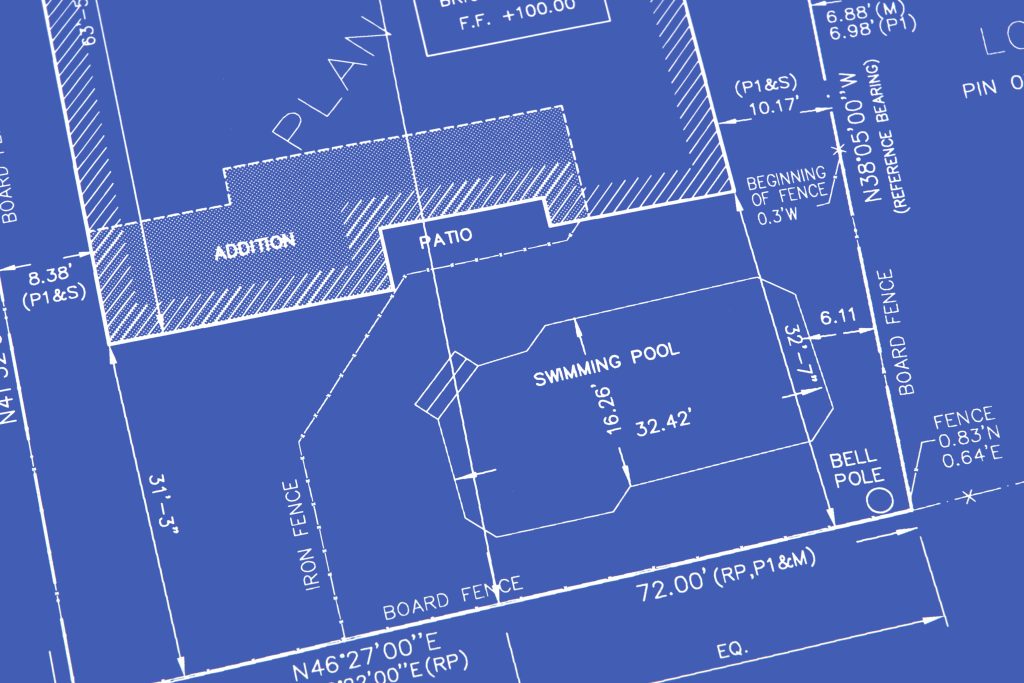
Permits and Zoning
Before installing a pool — even an above-ground one — you’ll likely need a permit from your local municipality. Typically, this involves submitting a detailed site plan that outlines the pool’s dimensions and exact placement on your property. Take this process seriously; starting construction without a permit could interfere with utility lines and result in significant fines. Once your construction permit is approved, it will need to be renewed every six to 12 months, depending on local regulations. If you live in a neighborhood with a homeowners association, you’ll likely face additional requirements and need formal approval before you begin.
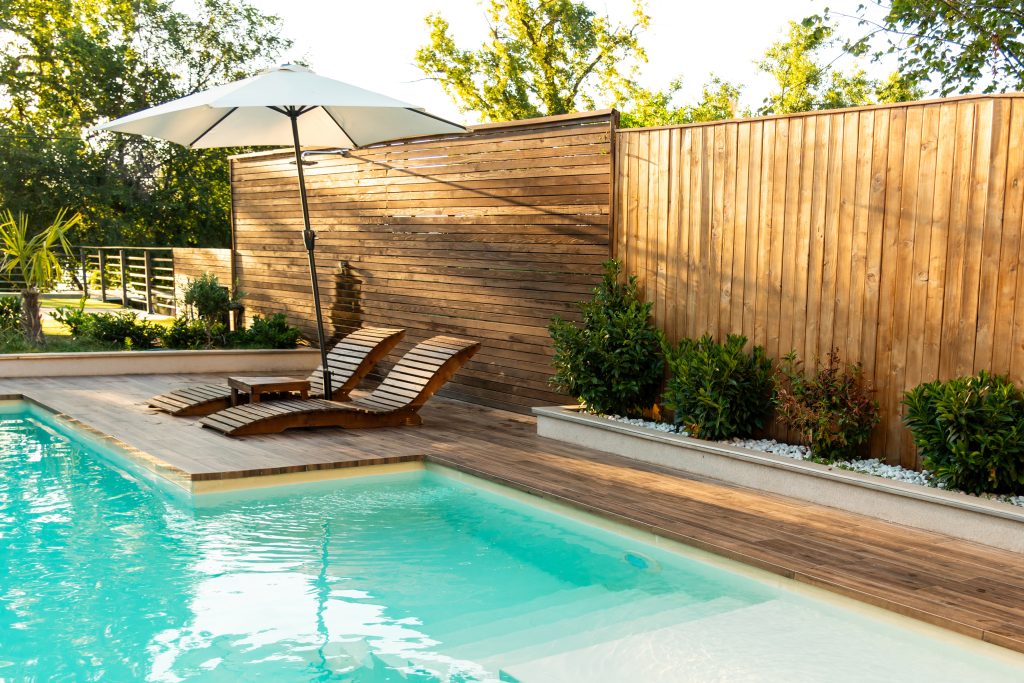
Safety Regulations
Texas takes water safety seriously, and all pools must be enclosed by a fence that is at least 4 feet tall. The fence can surround your entire yard, but it can’t be made of climbable materials like chain link.
Gates must open away from the pool area, be self-latching, and be secured by a lock placed out of children’s reach. Additionally, you’ll need a safety alarm to alert you if someone enters the pool unexpectedly. If you plan to install higher-risk features, such as a diving board, slide, or depths greater than 8 feet, you might be subject to additional safety requirements.
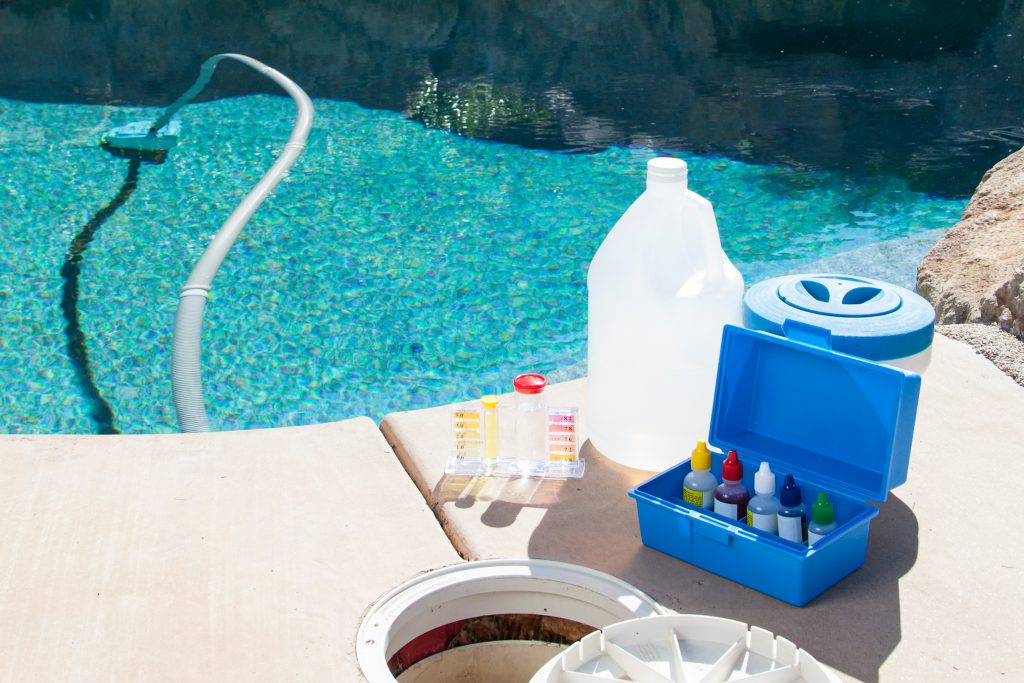
Maintenance and Upkeep
Keeping a pool safe and clean is a lot of work. Weekly and monthly tasks include skimming debris, brushing surfaces to prevent algae growth, vacuuming the pool floor, and testing and adjusting chemical levels. You’ll also need to regularly “shock” the water. Standard pool maintenance can cost up to $775, according to home services website Angi. Even if you choose the DIY route, you will still need to purchase tools and supplies such as skimmers, vacuums, test kits, and chemicals.
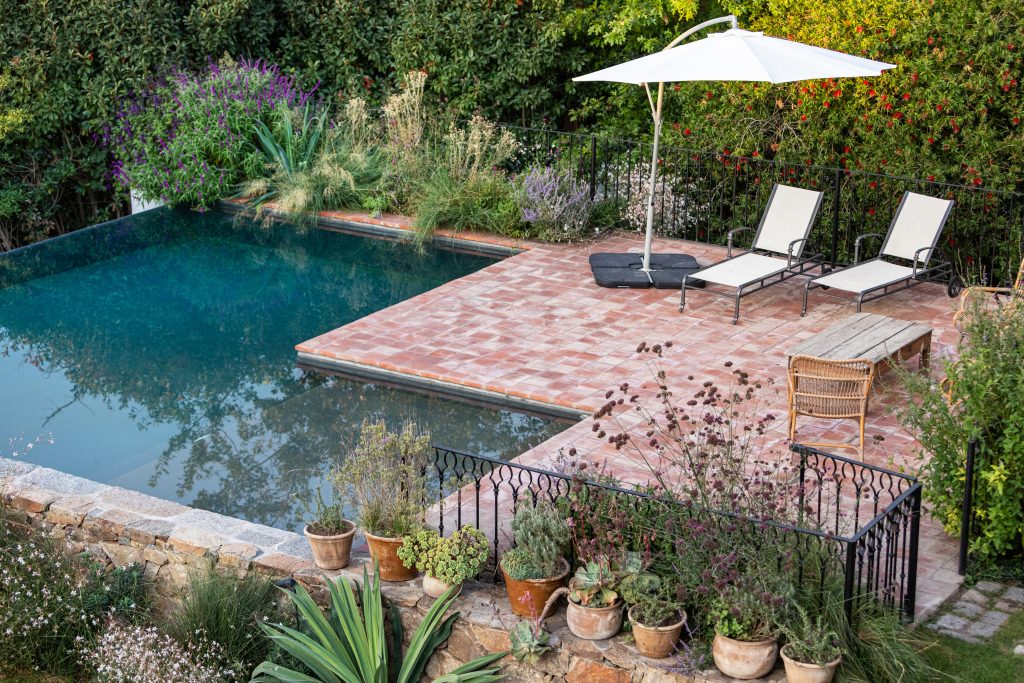
Expense
The cost of installing a pool varies greatly depending on the size, materials, and added features, but you can expect to pay at least $30,000 for a basic in-ground pool. Above-ground pools are typically less expensive but are still significant investments. Standard costs include permits, pumps, excavation, filters, and fencing. That number goes up if you want to add lighting or heaters, a deck, or a diving board. Ongoing expenses include higher water and electricity bills, maintenance supplies, and repair costs.
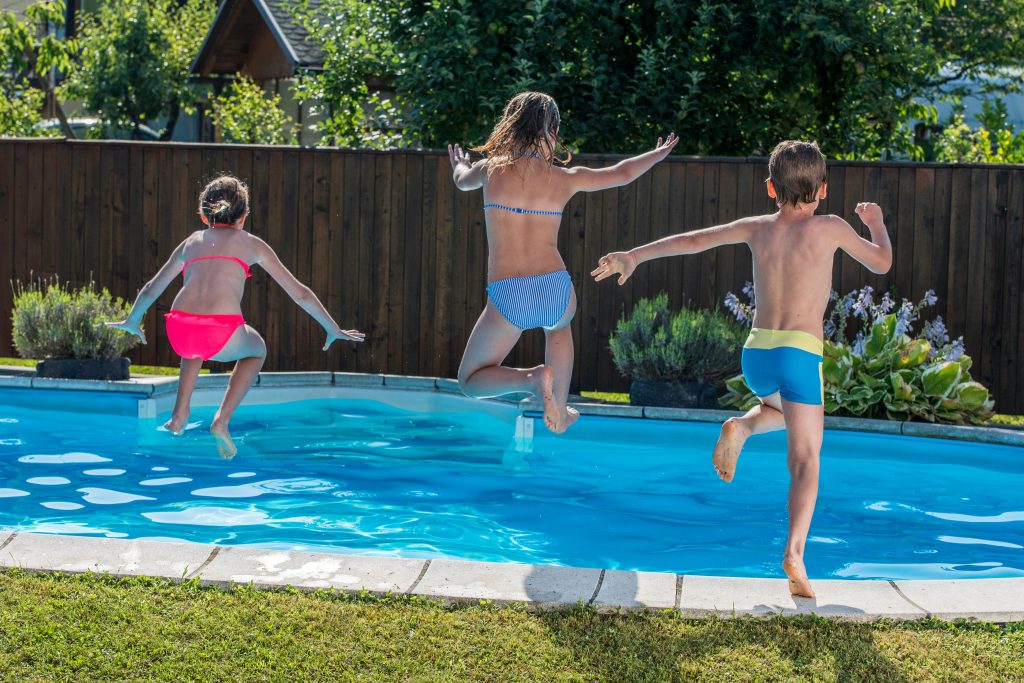
Insurance and Liability
Pools increase your property value but also your liability risk. Consult with your Agent before installation to determine how your property insurance policy will be affected. They might be able to suggest safety features that will lower your premium. Accidents happen, so consider an umbrella policy for added liability protection should a visitor be injured in your pool.
None of this means you should give up on your dream of having a backyard pool. It just means you need to approach the decision with your eyes wide open, fully understanding the responsibilities involved. If, after weighing the requirements, costs, and maintenance, a pool still sounds worth it for your family, enjoy your pool with confidence, knowing you’ve done everything you can to make it safe, legal, and fun.
Still not sure what kind of pool is right for you? We break down the differences between saltwater and chlorine pools.
Coverage and discounts are subject to qualifications and policy terms and may vary by situation. © 2025 Texas Farm Bureau Insurance



